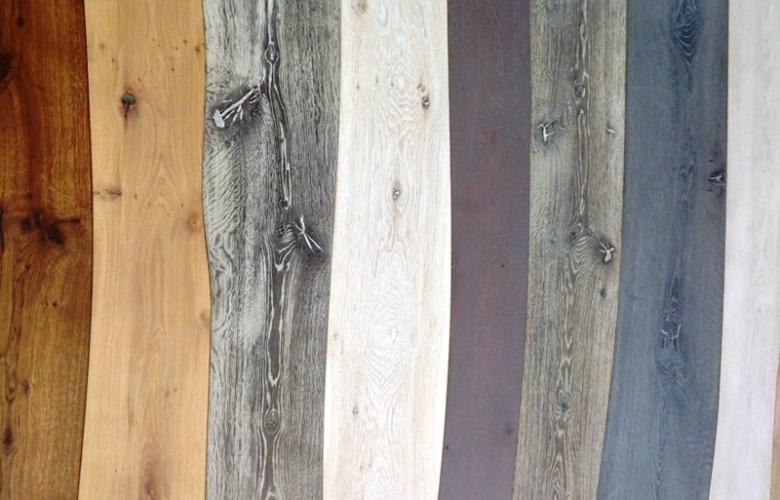
Wood is a fully natural product, so obviously it has certain colour variations, knots and sapwood, which varies depending on the species of wood, grade and batch. This is one of the reasons why many people think wood is so interesting. Grade of wood is the aspect which has the most impact on colour variations, the number of knots and sap content. Wood is graded depending on how it looks and that’s definitely one of the best methods to determine the colour variations of a given batch of wood, the number and size of knots as well as the amount of sap.
Differences between the grades
In general, we differentiate between four grades of wood. These include: prime or AB, select or ABC, natural or ABCD and rustic or CD. Even though those names might suggest that some grades are better as compared to others, remember that the grade of wood does not depend on the quality of the wood, as it refers only to its appearance. Even though there are many people who prefer prime grade wood, others are really fond of rustic grade, which can look stunning when laid in the right setting.
Wood colour in different grades
As regards wood colour variations, prime grade wood is very consistent in terms of colour, has very little variation. However, you should remember that the wood itself is naturally variable, for instance some types of tiger wood. Then, we’ve got select grade wood, which is quite consistent in colour, but has more colour variations as compared to prime grade. On the other hand, looking at natural grade and rustic grade wood you will see major colour variations – this can be considered a disadvantage by some people, but others will admire such floors as particularly intriguing and very natural. It all depends on the final effect you want to achieve.

Knots
Wood has knots which are an integral part of the makeup of wood. In general, the higher the grade of wood, the smaller the size and number of knots. For instance, prime grade wood contains knots, but in the case of this grade knots are small and not very conspicuous. Other wood grades usually have knots which increase in size as we move down the grades list. It means that if you go for select grade wood, you should expect knots of up to 20mm; in the case of natural grade – up to 30mm, and rustic – up to 35mm. Even though these sizes are only approximate, on their basis you will be able to have a general overview of what you should expect as regards the variations in the size of knots between particular grades.
Sap
Finally, as regards sap, its amount increases as you go down the scale of grades. Sapwood is the youngest tree part located on the outside of the trunk. When wood matures it contains less sap and the wood which has the lowest sap is usually found at the heart of the trunk. Obviously, you can expect that higher wood grades will have a lower amount of sap – and you’re right. The amount of sapwood will be higher as you move down the list, going from prime to rustic grade.
The choice of the grade of wood for your flooring project highly depends not only on the budget, but also on the final effect you want to achieve. And this is up to your personal taste. Should you need help in making up your mind, your flooring supplier will definitely give you a helping hand.
| Mon-Fri | 8:00AM – 5:00PM |
| Saturday | 10:00AM – 4:00PM |
| Sunday | 11:00AM – 3:00PM |





.svg)
.svg)